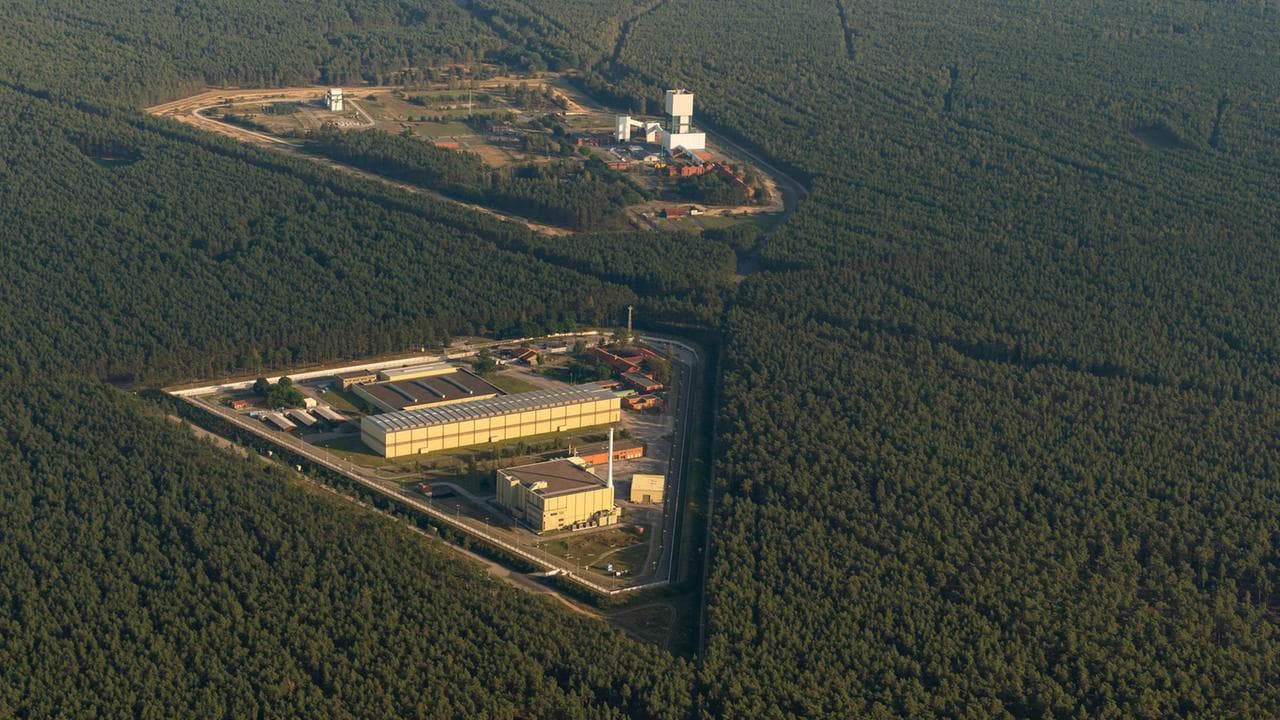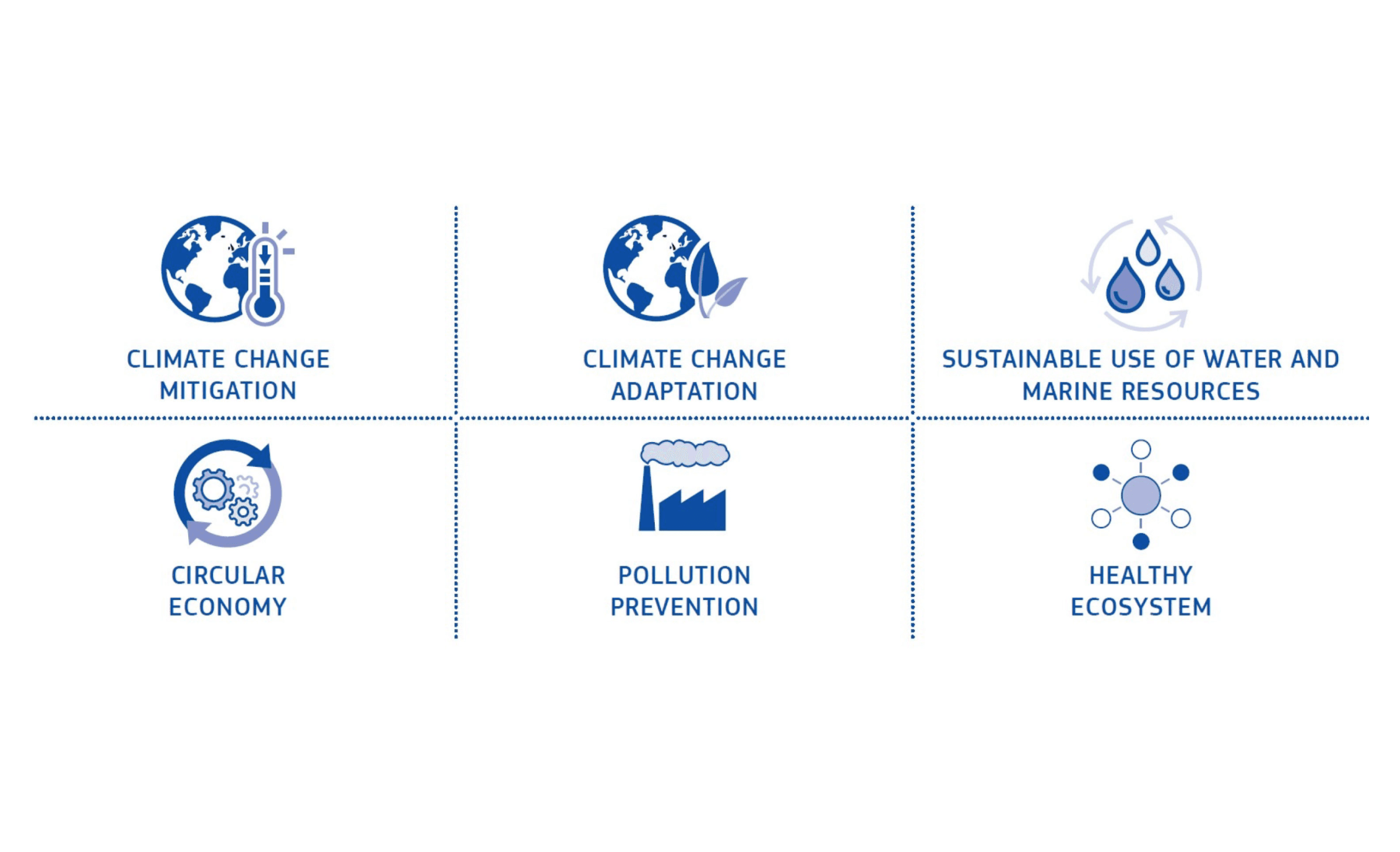Expert response to JRC Report
Not to generate any radioactive waste in the first place.

Reason for and background to the expert response.
The Joint Research Centre (JRC) of the European Union (EU) submitted its report entitled “Technical assessment of nuclear energy with respect to the ‘Do No Significant Harm’ criteria of Regulation (EU) 2020/852 (‘Taxonomy Regulation‘)” in March 2021.
The Federal Ministry for the Environment, Nature Conservation and Nuclear Safety (BMU) asked the Federal Office for the Safety of Nuclear Waste Management (BASE) on 20 April 2021 to , taking into consideration the “Do No Significant Harm” (DNSH) criteria in the Taxonomy Regulation. The Ministry particularly asked for an expert response to review whether the JRC made use of complete, comprehensible and independent technical expertise in examining whether to possibly include nuclear energy in the taxonomy register for the EU Commission. This expert response summarises the results of the review. BASE consulted the Federal Office for Radiation Protection (BfS) on individual issues.
Summary
The Federal Office for the Safety of Nuclear Waste Management (BASE) with support from the Federal Office for Radiation Protection (BfS), acting on behalf of the Federal Ministry for the Environment, Nature Conservation and Nuclear Safety (BMU), has examined the report by the Joint Research Centre (JRC) of the European Union (EU) entitled “Technical assessment of nuclear energy with respect to the criteria of Regulation (EU) 2020/852 (‘Taxonomy Regulation’)” to see whether the JRC has used expertise that is complete and comprehensible when determining whether the use of nuclear fission to generate energy can be included in the taxonomy register.
The Taxonomy Regulation defines criteria that determine whether an economic activity (and therefore investments in this activity) can be viewed as ecologically sustainable. The JRC, the EU’s research centre, concludes in its report dated March 2021 that the conditions for including nuclear energy in EU taxonomy are met in terms of the “Do No Significant Harm” criteria (DNSH). Prior to this, the Technical Expert Group (TEG) had not yet recommended the inclusion of nuclear energy in EU taxonomy and advised the EU Commission to review the DNSH criteria more closely.This expert response finds that the JRC has drawn conclusions that are hard to deduce at numerous points. Subject areas that are very relevant to the environment have also only been presented very briefly or have been ignored. For example, the effects of severe accidents on the environment are not included when assessing whether to include nuclear energy in the taxonomy register – yet they have occurred several times over the last few decades. This raises the question of whether the JRC has selected too narrow a framework of observation. The aspects mentioned and others listed in this expert response suggest that this is true.This expert response also points out that the JRC mentions topics, but then fails to consider them further or in more detail, although they must be included in any assessment of the sustainability of using nuclear energy. The need to consider them is partly based on the fact that certain effects on the other environmental objectives in the Taxonomy Regulation must be expected if the matter is viewed more closely or at least cannot be excluded. In other cases, this need results from the fact that the Taxonomy Regulation refers to the UN approach in its 2030 Agenda in its understanding of sustainability – and the latter, for example, contains the goals of “considering future generations” and “participative decision-making”. Any sustainability, particularly for future generations, can only be guaranteed if attempts are made at an early stage to achieve acceptance in the population, enable future generations to handle the use of nuclear energy and its legacy or waste appropriately and ensure that information and knowledge are maintained in the long term. Generally speaking, it should be noted that the problem of disposing of radioactive waste has already been postponed by previous generations to today’s and it will ‘remain’ a problem for many future generations. The principle of “no undue burdens for future generations” (pp. 250ff) has therefore already been (irrevocably) infringed, while the DNSH-hurdle “significant[ly] harm” has also been infringed.
**Generating huge quantities of dangerous waste is being continued for decades without any effective disposal solution being available. **
The JRC itself says that the primary and best waste management strategy is . However, this assessment is not consistently applied within the report.The JRC Report only provides an incomplete view of the consequences and risks of using nuclear energy for people and the environment or for future generations or does not even mention them in its assessment. Where it does mention them, some of the principles of scientific work are not correctly considered at some points. The JRC Report is therefore incomplete and therefore fails to comprehensively assess the sustainability of using nuclear energy.
Read more on .


